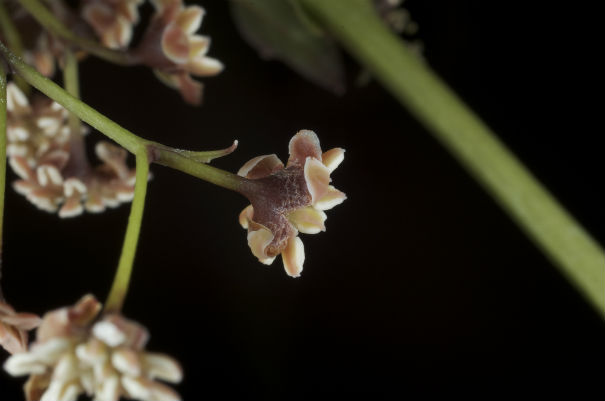Genome sequencing of the Amborella flower sheds light on the evolutionary history of flowering plants.
A newly-released study is shedding some light on the origins of flowering plants on earth, thereby satisfying Charles Darwin’s “abominable mystery” on the matter.
Researchers from the universities of Penn State, Buffalo, Florida, Georgia and California-Riverside were working to unravel the genome sequence of the Amborella plant when they uncovered evidence of the genetic origins of important traits that exist in flowering plants, according to a news release.
The Amborella plant has an ancient evolutionary lineage, tracing all the way back to the last common ancestor of all flowering plants, which is why it was chosen for sequencing.
“This work provides the first global insight as to how flowering plants are genetically different from all other plants on earth. And it provides new clues as to how seed plants are genetically different from non-seed plants,” said Brad Barbazuk, University of Florida.
Charles Darwin’s “abominable mystery” refers to the scientist’s frustration with the mystery of “the rapid diversification of flowering plants in the mid-Cretaceous” according to a research paper published in the American Journal of Botany.
The researchers claim they found evidence that the ancestor of all flowering plants evolved 200-million years ago during a genome doubling event.
“Genome doubling may, therefore, offer an explanation to Darwin’s ‘abominable mystery’– the apparently abrupt proliferation of new species of flowering plants in fossil records dating to the Cretaceous period,” said Claud dePamphilis of Penn State University in a news release. “Generations of scientists have worked to solve this puzzle.”
The complete genome sequence of the Amborella is available to the public via the U.S. National Institutes of Health database.

Leave a Reply